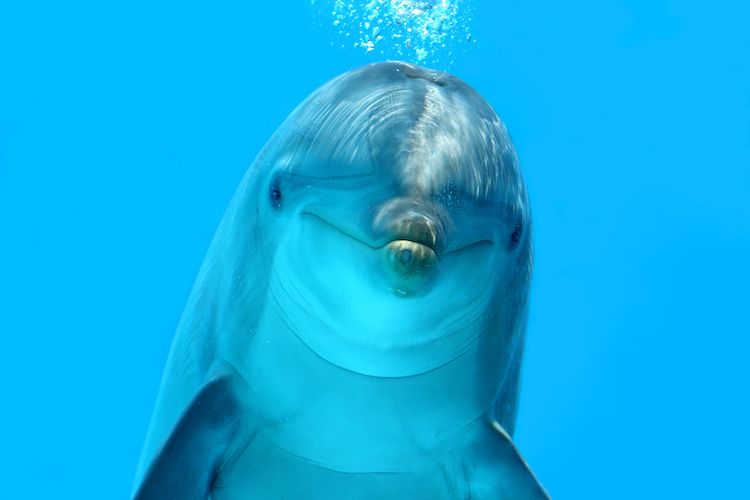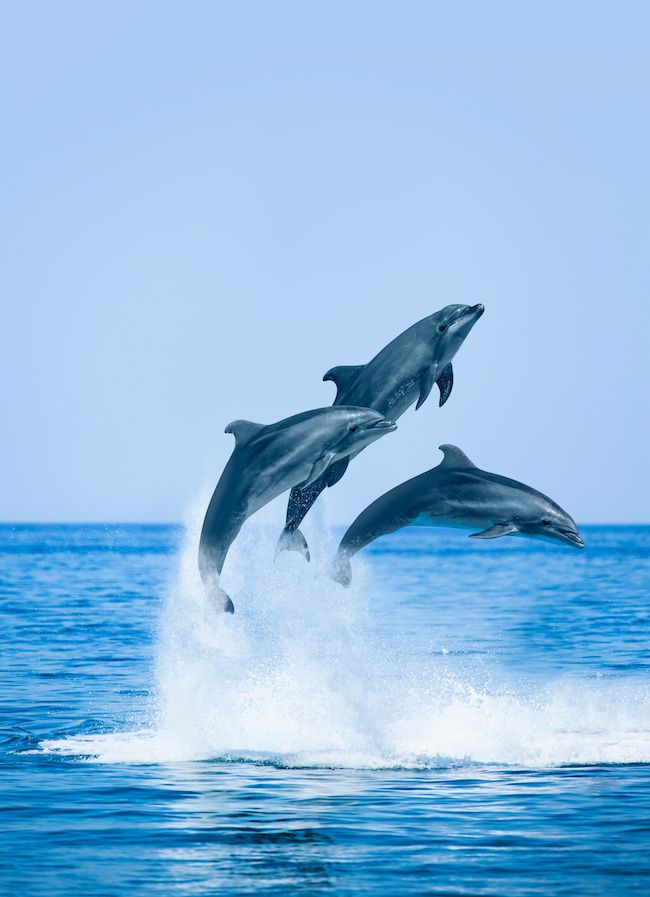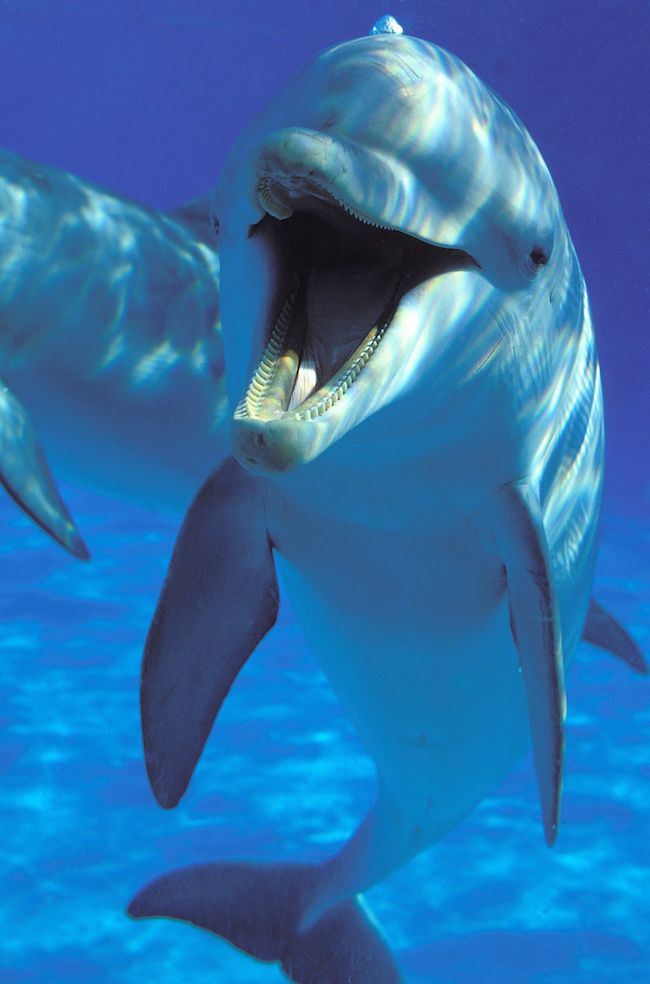
The dolphins, these fascinating marine mammals, are famous for their incredible diving and apnea abilities. But how long can a dolphin truly stay underwater without breathing? This article explores the impressive capabilities of these cetaceans and the factors that influence their apnea duration.
The Different Species of Dolphins and Their Apnea
There are nearly 90 species of cetaceans belonging to the family Delphinidae, of which dolphins are a part. These animals vary in size, shape, and behavior, meaning that their ability to stay underwater without breathing can also vary significantly.
The Bottlenose Dolphin
The bottlenose dolphin (Tursiops truncatus) is one of the most well-known and studied dolphin species. They can stay underwater for about 7 minutes before needing to surface to breathe. Bottlenose dolphins typically dive to depths of up to 60 meters, but occasional dives to over 200 meters have been recorded.
The Indian Ocean Dolphin
The Indian Ocean dolphin (Stenella longirostris) is another dolphin species that can stay underwater longer than the bottlenose dolphin. They can dive for approximately 12 minutes before feeling the need to breathe.
The Pilot Whale
Although technically considered a member of the Delphinidae family, the pilot whale (Globicephala melas) is often called a “pilot whale” due to its imposing size. It is capable of staying underwater without breathing for about 20 minutes, which is quite impressive compared to other dolphin species.
- Also, check out our article: What is the difference between a dolphin and a porpoise?

Factors Influencing the Apnea Duration of Dolphins
Several factors influence the duration for which a dolphin can stay underwater without breathing. Among these factors are:
- Age and Physical Condition: Younger dolphins and those in better health can generally hold their breath longer than older or sick individuals.
- Level of Activity: A dolphin that is actively swimming or hunting will need more oxygen and, therefore, will have to surface to breathe more frequently than a resting dolphin.
- Metabolic Rate: Dolphins have a high metabolic rate, allowing them to generate heat and maintain a stable body temperature in cold water. This also means they rapidly consume their oxygen reserves.

The Physiology of Apnea in Dolphins
Dolphins are perfectly adapted to marine life and possess several physiological characteristics that allow them to stay underwater for extended periods without breathing.
The Respiratory System of Dolphins
Unlike humans, dolphins breathe through a blowhole located on the top of their heads. This efficient respiratory system enables them to exchange up to 80% of the air in their lungs in a single breath, maximizing oxygen absorption and reducing the frequency of necessary breaths.
Oxygen Storage
Dolphins have also developed an impressive ability to store oxygen in their bodies. Approximately 25% of the oxygen they breathe is stored in their lungs, while the remaining 75% is stored in muscle and blood tissues. This allows them to maintain their normal physical and metabolic activities while holding their breath.
The Apnea Response
When a dolphin dives, it triggers a series of physiological responses known as the “apnea response,” allowing it to minimize oxygen consumption. Among these responses are:
- Bradycardia: A decrease in heart rate that reduces the speed at which oxygen circulates in the body.
- Peripheral Vasoconstriction: The constriction of blood vessels near the surface of the skin, directing blood towards vital internal organs where oxygen is most needed.
- Anaerobic Energy Production: When oxygen becomes scarce, dolphin muscles may start producing energy without oxygen, although this can lead to an accumulation of lactic acid that needs to be eliminated when the dolphin surfaces to breathe.
By better understanding the incredible diving and apnea abilities of dolphins, we can further appreciate these fascinating animals and continue studying their unique behaviors and adaptations in the marine world.